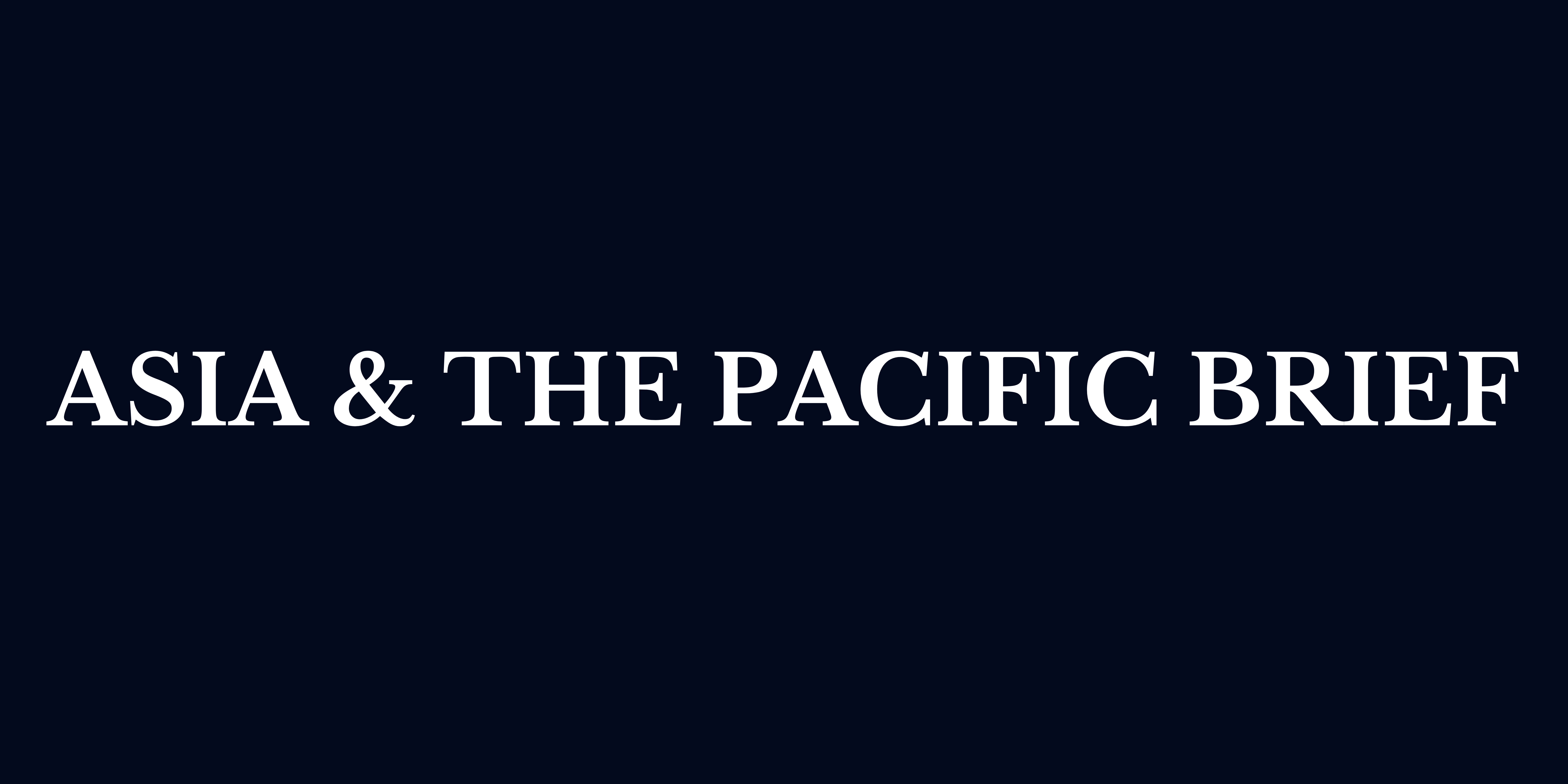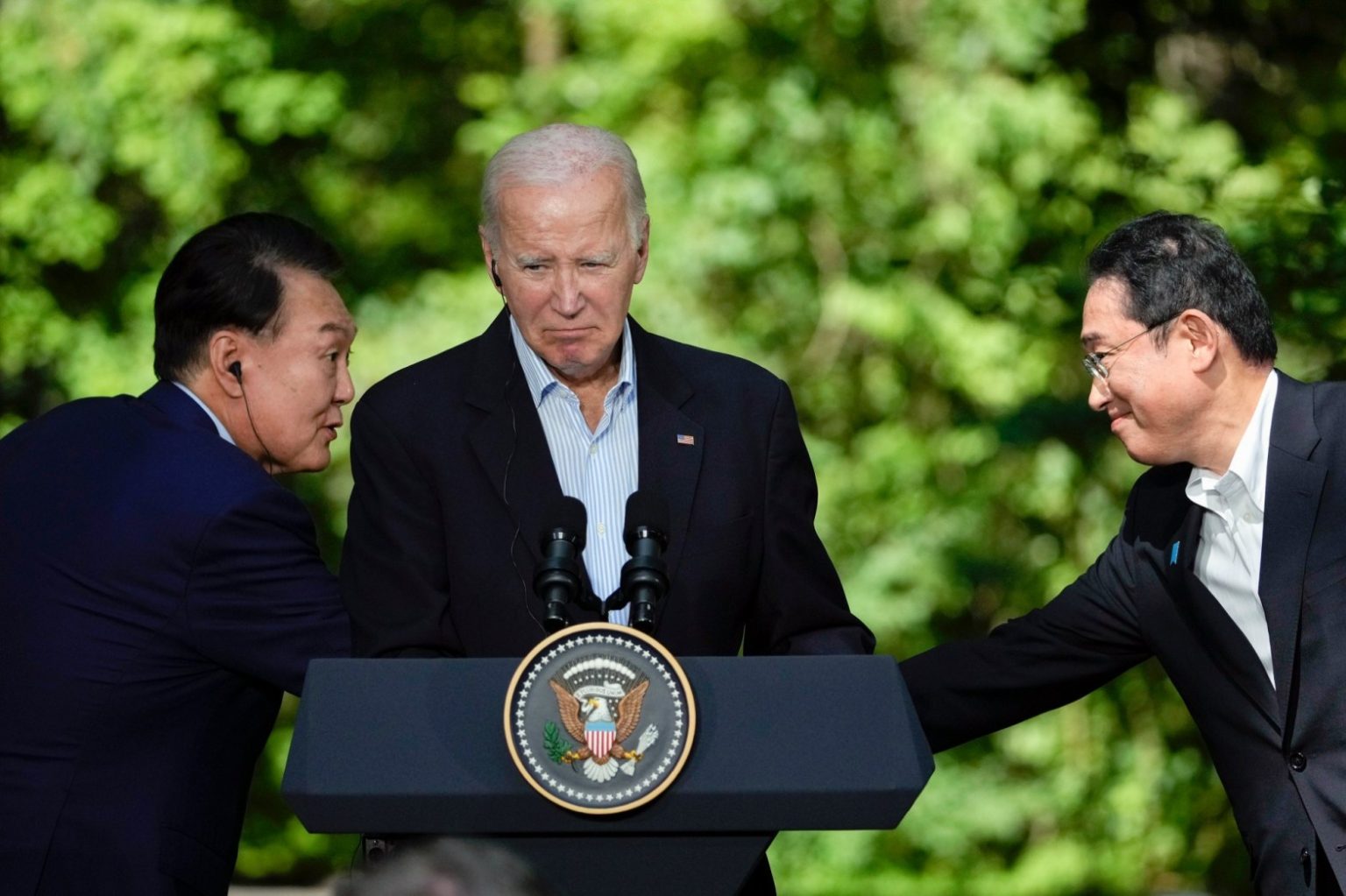
Changing Power Structures And Increasing Conflict In The South China Sea
The joint military exercises by the US, Japan, and South Korea in the South China Sea highlight rising tensions and underscore the importance of strategic alliances, shaping international balances and security policies.
By | Shagnik Barman,
APRIL 13, 2024 | 12:40 PM

The South China Sea has recently become a hot topic on the global stage, with changing dynamics altering the region’s political map. In the midst of rising tensions and shifting strategic alliances, the waterways are once again the focus of world attention.
The recent combined military exercises between the US, Japan, and South Korea have refocused attention on the region. As a reaction to China’s aggressive military moves, the United States is conducting maneuvers with a carrier strike group under the command of the US Theodore Roosevelt in an attempt to strengthen regional security. The necessity for a united front in the face of possible nuclear and missile threats is growing in importance as Kim Jong Un indicates a preparedness for war and North Korea’s weapons development speeds up.
US President Joe Biden has reiterated the United States’ dedication to protecting its partners in the Asia-Pacific area, while simultaneous diplomatic efforts are also under way. At the historic first-ever summit with Japanese and Filipino leaders, Biden reaffirmed America’s steadfast support for its allies, promising to strengthen alliances and honor the mutual defense treaties as tensions rise over Beijing’s aggressive territorial claims.
Changes in regional power dynamics are encapsulated by these changes, which are significant beyond only military posture. Joint exercises between Japan and South Korea show that these two countries are becoming more interested in the same things, and they are both committed to keeping the Indo-Pacific region peaceful and stable. The cooperation between these former adversaries shows a practical understanding of the importance of collective security when confronted with shared threats, regardless of their tense past.
Nevertheless, hidden conflicts continue, intensified by China’s ambitious territorial claims, even as various groups strive to unite. Fear and uncertainty persist in the region as a result of Beijing’s aggressive behavior in the South China Sea, which is characterized by conflicts with neighboring governments and gray-zone tactics.
The South China Sea, in this context, is still a hotspot for geopolitical conflicts and strategic disputes. The potential for error and confrontation is high as powerful nations compete for influence and establish their interests. To reduce tensions and maintain peace along one of the world’s most strategically important rivers, the changing dynamics of the area highlight the necessity of ongoing communication, confidence-building efforts, and a determination to respect international law.
